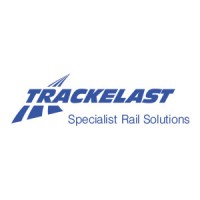TekTracking
TekTracking specializes in assisting manufacturers and suppliers with their market reach in North America, we have in depth knowledge of engineering standards and requirements and help our clients prepare their offering for market entry. Our leadership has developed a network of clients spanning all Class 1, passenger, regional and short line railroads. The team is comprised of industry experienced experts who can effectively present technical products and solutions to our railroad customer base. We have developed a network of key decision makers to whom we effectively communicate the value proposition of our client’s technology products. We understand how to navigate the complex selling environment present in the rail industry, and generate orders to grow top line and bottom line results for our clients. Our team travels extensively to meet our railroad customers to professionally represent your products.






